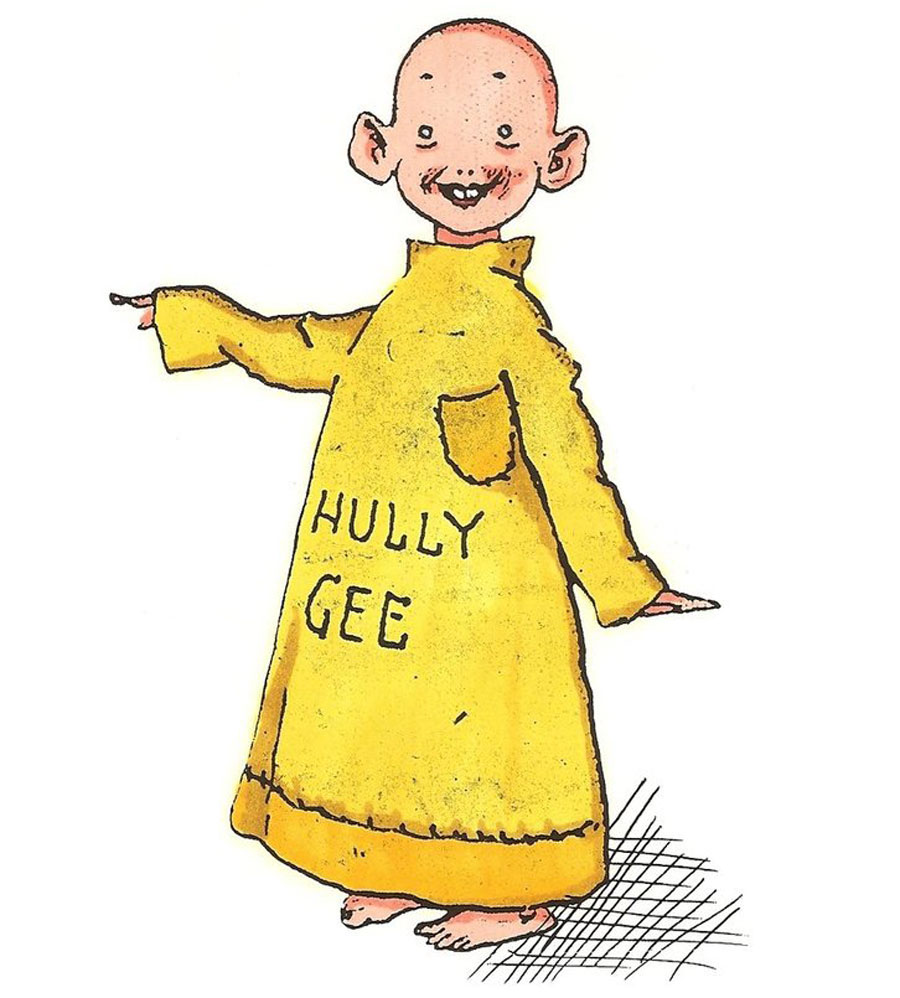Study Reveals Bias in Buffalo News Education Reporting
“There are few things more dangerous than propaganda disguised as journalism,” reads one conclusion from a study by SUNY Buffalo State professor Dr. Andrea B. Nikischer, who has delved into the past year of reporting on education by the Buffalo News.
If we extrapolated her findings—and borrow the phrase quoted above—we could conclude that there are in fact few things more dangerous than the News’s education reporting.
“Propaganda and Policy: An Investigation into Alleged Anti-Teacher’s Union and Pro-Charter School Bias in the Buffalo News” is the title of Dr. Nikischer’s report, which takes a deep look into the reporting done by the News with regard to charter schools and Buffalo Public Schools.
The study demonstrates that two distinct stories are being told: The first gives readers an uncritical look at charter schools, promoting them as the answer to the perceived failure of the city’s so-called failing public schools, while the second gives an overwhelmingly negative portrayal of Buffalo Public Schools, along with their teachers and union.
“As Buffalo has only one traditional newspaper, and virtually no other mainstream media sources in the county provide detailed coverage of the Buffalo Public Schools or school reform, the power of articles published on these issues is immense,” notes Dr. Nikischer, an assistant professor at Buff State’s Adult Education Department.
Public school supporters have been critical of the News’s coverage, which has, they believe, unfairly and loudly echoed the agenda of Governor Andrew Cuomo, the Buffalo Board of Education majority, and the nationwide school privatization and high-stake testing movements. Now, for the first time, they can point to a qualitative study to back these claims.
 To undertake the study, Dr. Nikischer evaluated News articles published from October 1, 2013 to November 30, 2014. All articles—190 in total—were culled from the paper’s regularly published articles, SchoolZone blog posts, and opinion pieces. Each article was coded in three respects: 1) for content and tone (What is the article about? What is the tone—positive, negative or neutral?); 2) for general themes; and 3) whether to include the article in the study or not. The idea is to compare large sets of data and draw general conclusions based on the tone and content of the articles. Disqualified articles were those outside of the researchers’ ken and which had no relevance to the themes undertaken.Study Reveals Bias in Buffalo News Education Reporting | The Public:
To undertake the study, Dr. Nikischer evaluated News articles published from October 1, 2013 to November 30, 2014. All articles—190 in total—were culled from the paper’s regularly published articles, SchoolZone blog posts, and opinion pieces. Each article was coded in three respects: 1) for content and tone (What is the article about? What is the tone—positive, negative or neutral?); 2) for general themes; and 3) whether to include the article in the study or not. The idea is to compare large sets of data and draw general conclusions based on the tone and content of the articles. Disqualified articles were those outside of the researchers’ ken and which had no relevance to the themes undertaken.Study Reveals Bias in Buffalo News Education Reporting | The Public:


